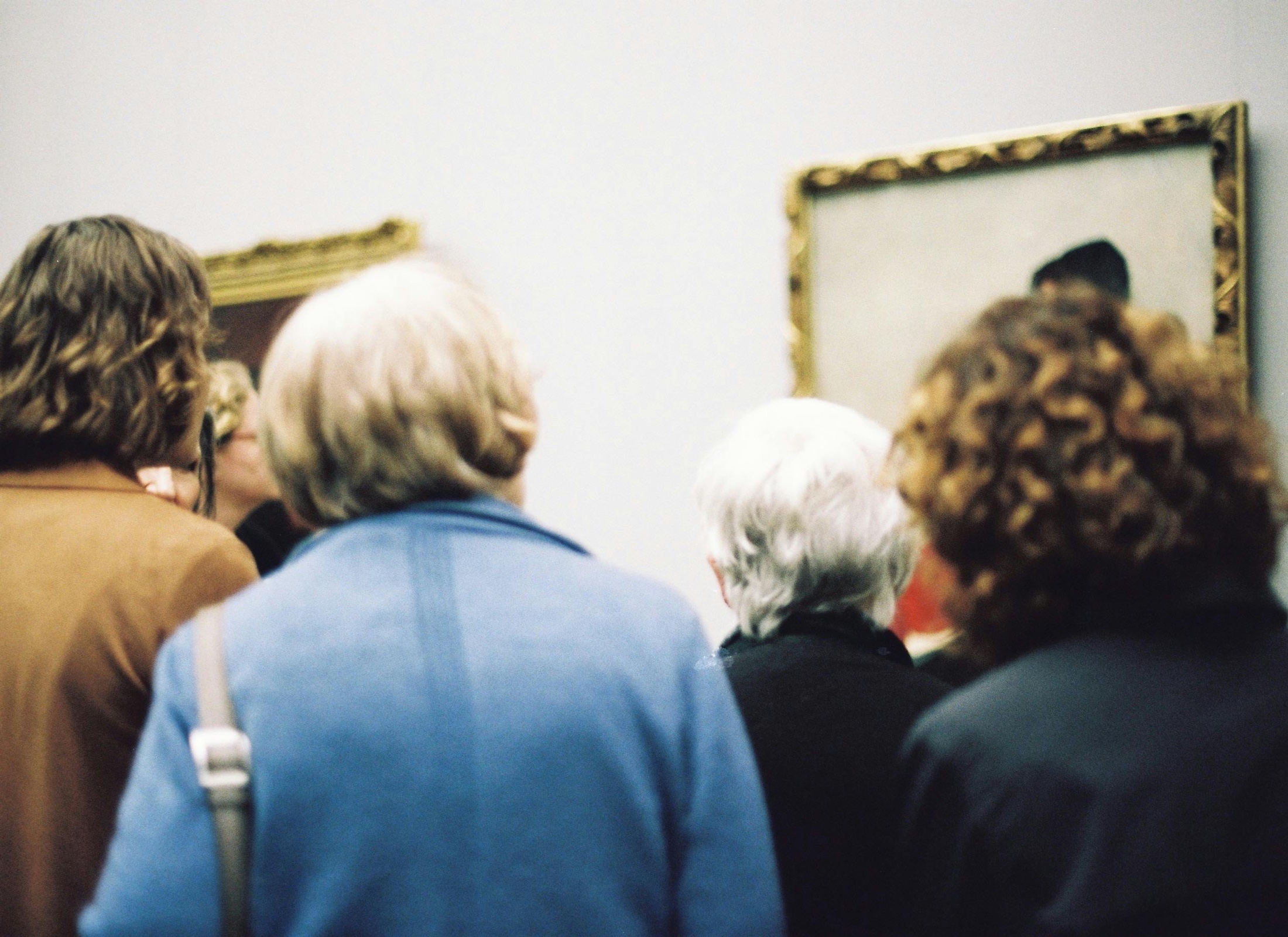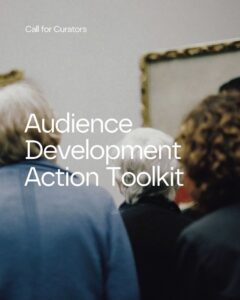
Innovative Approaches to Audience Development in Art Organizations
#Audience DevelopmentIn a world where audiences have more choices than ever for how they spend their time and attention, art institutions face both a challenge and an opportunity. Audience development has evolved from a niche marketing function into a vital, organization-wide priority. When approached thoughtfully, it expands access, attracts new revenue, and helps embed culture into everyday life. When overlooked, even the most compelling programs risk going unseen. The four strategies below reflect some of the most effective approaches in practice today.
Understand Why People Come, Not Just Who
A Heliyon study, “Strategies Applied by Different Arts and Cultural Organizations for Audience Development,” confirms that grouping visitors by motivation, socialising, learning, wellbeing, outperforms basic demographic slicing. Start by adding one qualifying question to every ticket or newsletter form: “What draws you to this event?” UK platform MuseumNext shows how lightweight polls feed those answers straight into your CRM, letting you build motivational personas such as after-work explorers, deep-dive scholars, and creative families. Map each persona’s journey: which channels they trust, barriers they face, and the small win that could bring them closer to attending. Translate insights into action, for example, a 6 p.m. curator micro-talk for after-work explorers or an in-gallery research station for scholars, and set KPIs that track quality of engagement, such as repeat visits or referrals rather than simple head count.
Key Advice: Run a monthly “data huddle” where front-of-house staff, programmers, and community reps interpret the numbers together; statistics gain nuance when decoded collectively.
Bring Art to Where People Already Are
Paul Hamlyn Foundation’s “Imagining Arts Organizations for New Audiences” argues that first encounters should feel accidental and effortless. Five-minute audio dramas triggered by QR codes at bus stops, pop-up rehearsals in supermarkets, or micro-exhibitions in medical waiting rooms lower the entry barrier. Prague consultancy ArtMovement adds that even low-budget interventions such as geofenced AR stickers or a pair of framed prints in a local café can create “familiarity footprints” that shorten the mental distance to your main venue. Strike formal partnerships with transit authorities, libraries, or health clinics so you can piggyback on their foot traffic, then measure shared impact with mood surveys or dwell-time metrics.
Pro Tip: Schedule these surprise-art moments to align with community peak times such as school runs or lunch breaks; even a masterpiece fails if it arrives at the wrong hour.
Create With People, Not Just For Them
The EU network IETM’s “Audience Development Study” shows that loyalty deepens when communities help shape the work itself. Co-creation moves beyond outreach to shared authorship: invite local historians to curate archival displays, youth climate activists to write wall texts, or neighbourhood elders to record audio guides in multiple languages. U.S. cases in the Wallace Foundation series reveal a secondary benefit, because social-impact funders increasingly back projects that redistribute creative power. Ensure the process is ethical by compensating collaborators, publishing transparent budgets, and giving participants public credit. Staff may need training in facilitation and community care, so plan for it just as you would curatorial research.
Key Advice: Bake co-design into timelines from day one; adding it later risks feeling tokenistic.
Experiment with New Tech, but Keep It Human
Re-Imagine Europe’s “Towards a Sustainable Audience Development” documents how sensor-rich experiences such as 360-degree sound walks or haptic wearables can hook culture first-timers without alienating long-time patrons, provided the tech serves the story. Sketch the narrative first, then prototype the lightest tool that delivers it. The Australia-led Creative Equity Toolkit reminds us to pair every high-tech layer with a low-tech cousin, such as large-print guides or tactile kits, keeping curiosity open regardless of bandwidth, disability, or device. Collaborate with makerspaces or university labs to share costs and cross-train staff in user-centred design.
Pro Tip: Publish candid post-mortems for each prototype—what worked, what bombed, and what you would change. Radical transparency accelerates sector learning and positions your organization as a credible innovator.
Summary
Contemporary audience development blends data literacy, community organising, and sensory design. Map people’s motivations, embed art in daily routines, co-create programs, and prototype inclusive tech while documenting lessons learned. The payoff is a public that is larger, more diverse, and deeply invested in the art because they helped shape it.
Further Reading
- The Art of Audience Development in Museums and Galleries – Practical global case studies (UK).
- Imagining Arts Organizations for New Audiences – Values-led roadmap with UK/US examples.
- Strategies Applied by Different Arts and Cultural Organizations for Audience Development – Academic mapping of nine strategy clusters (Turkey/Global).
- Audience Development Study – EU toolkit with checklists and policy insights.
- Five Organizations, Five Strategies to Build Arts Audiences – U.S. field reports on immersive and community-rooted tactics.
- Audience Development Strategy 3.0 – DIY canvas templates for small and mid-scale orgs (Czechia).
- Towards a Sustainable Audience Development – Pan-European guide to long-term, socially driven engagement.
- Creative Equity Toolkit: Audience Development & Marketing – Equity-centred strategies and case studies (Australia/Global).
Download the Audience Development Toolkit
Are you a CFC Member? Download the full toolkit below.
Member Login Please sign in below if you are a returning Call for Curators member.
If you have not yet created your account, please register now and join free for a week. Cancel anytime.This content is restricted to members only.
Photo by Burcu Elmas.








